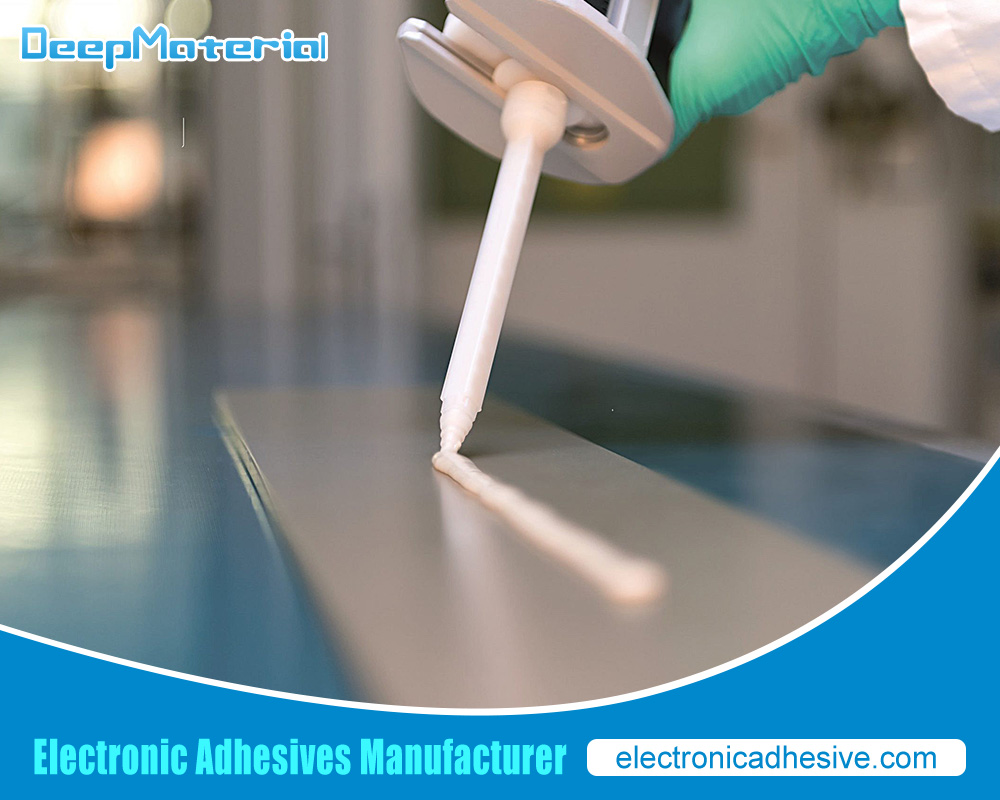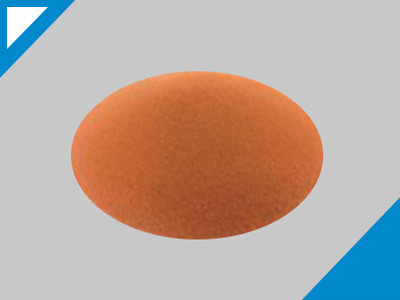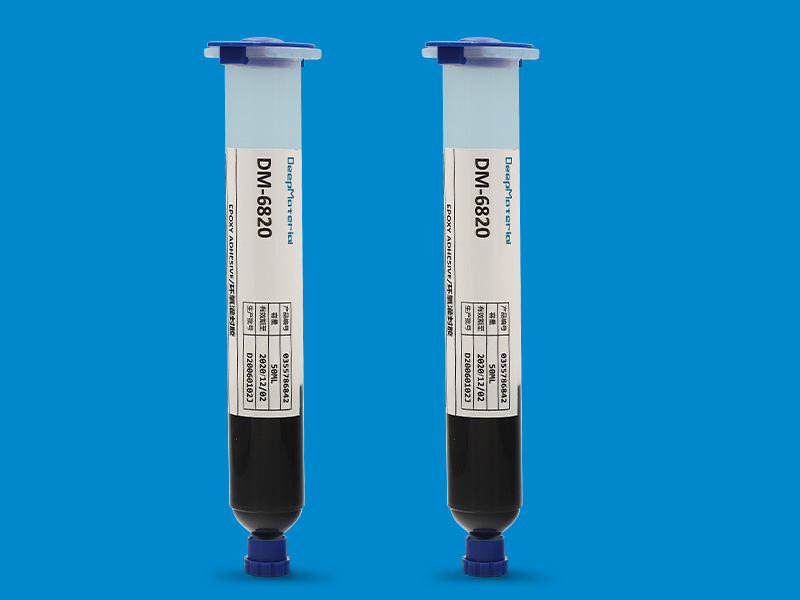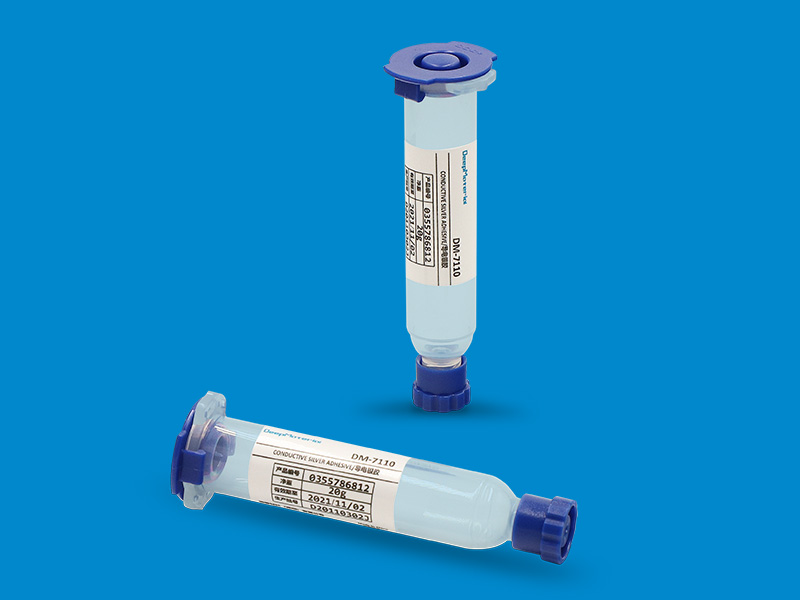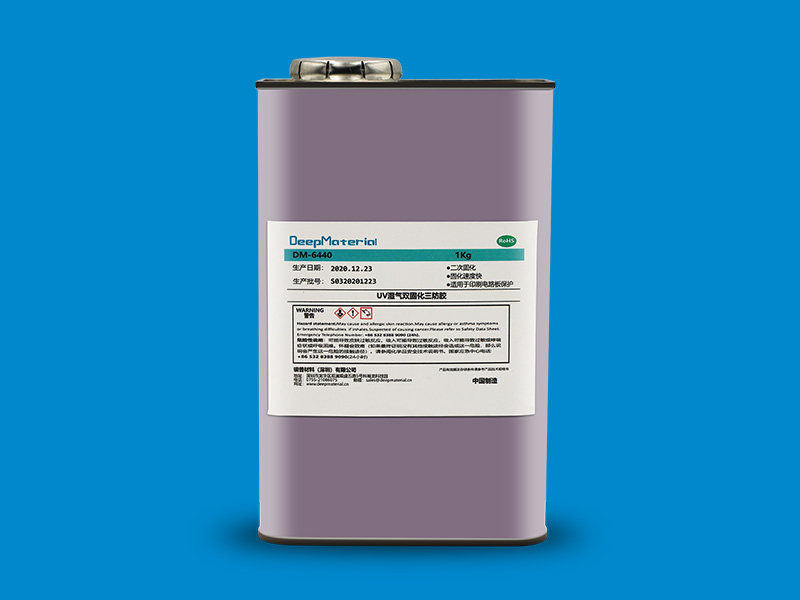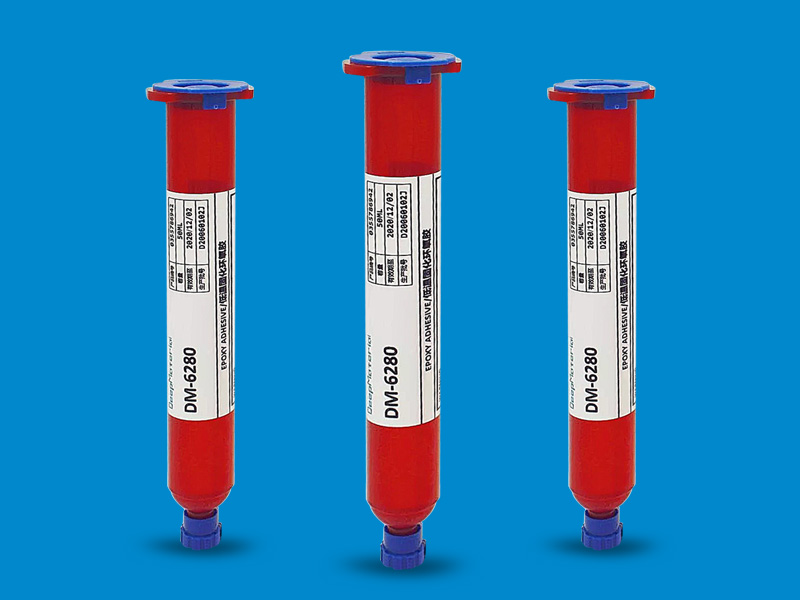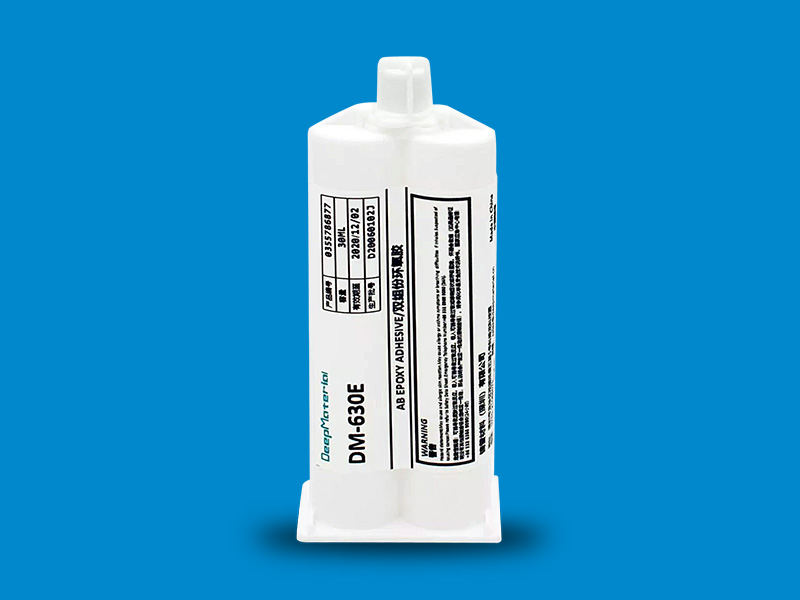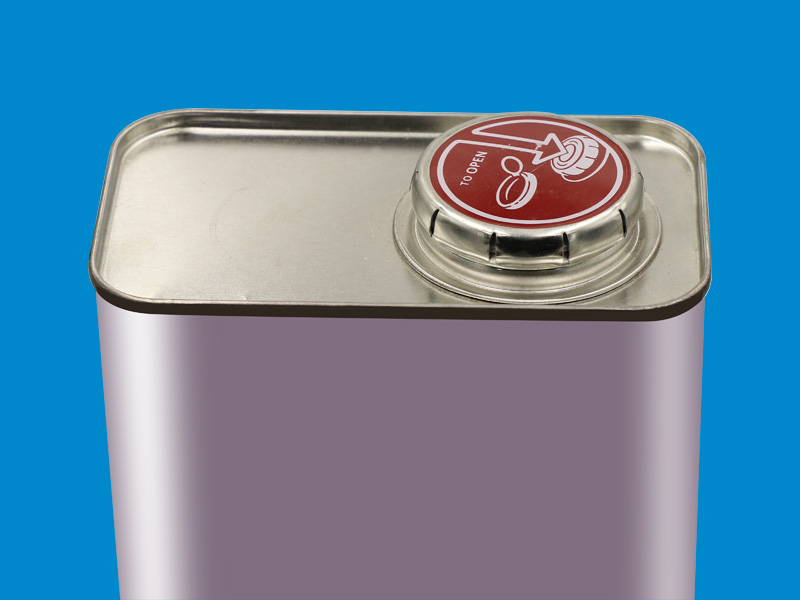EV Battery Box Bonding Adhesive: A Comprehensive Guide
EV Battery Box Bonding Adhesive: A Comprehensive Guide
The electric vehicle (EV) market is growing at an unprecedented rate, driven by technological advancements, environmental concerns, and evolving consumer preferences. One of the most critical components in EVs is the battery, which powers the entire vehicle. The structure that houses this battery, known as the EV battery box, plays a crucial role in protecting the battery, ensuring safety, and contributing to the overall vehicle performance. Manufacturers rely on high-performance bonding adhesives explicitly designed for EV battery boxes to achieve these goals.
This article delves into EV battery box bonding adhesive, exploring its importance, types, advantages, and future trends in electric vehicles.
Importance of Bonding Adhesives in EV Battery Boxes
The Role of the EV Battery Box
The EV battery box is more than just a protective casing for the battery cells. It is designed to:
- Protect the battery from external impacts: The box protects against external elements such as debris, moisture, and potential collisions.
- Maintain structural integrity: It ensures the battery cells are securely held in place, minimizing the risk of movement or damage during vehicle operation.
- Thermal management: Because lithium-ion batteries are sensitive to temperature fluctuations, the box helps regulate heat and prevents thermal runaway.
- Electrical insulation: The battery box is a barrier between the high-voltage battery and the vehicle’s occupants, ensuring safety.
Bonding adhesives are important because they hold together the different parts of the battery box while enhancing these crucial functions.
Why Use Adhesives?
Traditionally, mechanical fasteners such as screws, bolts, and welds were used to assemble battery boxes. However, these methods present several challenges:
- Increased weight: Fasteners add to the vehicle’s overall weight, reducing efficiency and range.
- Risk of corrosion: Mechanical fasteners are prone to corrosion, especially in the high-humidity environment of an EV battery box.
- Limited flexibility: Fasteners create rigid joints, which can fail under thermal expansion or vibration.
Bonding adhesives offer a modern solution to these issues. They provide a lightweight, corrosion-resistant, and flexible bond that can withstand the harsh conditions inside an EV battery box.
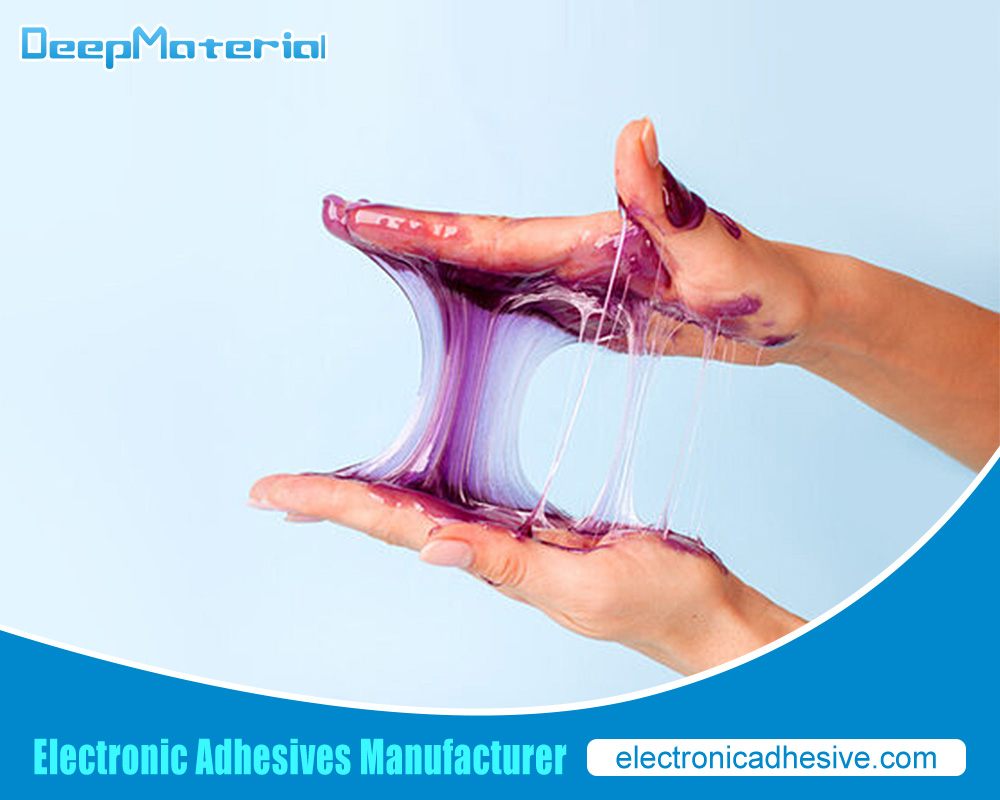
Types of Bonding Adhesives for EV Battery Boxes
Different adhesives are used in EV battery box assembly, each offering unique properties suited to various requirements. The selection of the appropriate adhesive depends on factors such as bonding surfaces, environmental conditions, and thermal management needs. The main types of adhesives used in EV battery boxes include:
Epoxy Adhesives
Epoxy adhesives are one of the most commonly used bonding materials for EV battery boxes due to their excellent mechanical strength, chemical resistance, and durability. Critical features of epoxy adhesives include:
- High structural integrity: Epoxies form strong bonds between metal and composite surfaces, ensuring long-lasting durability.
- Thermal resistance: They can withstand extreme temperatures, making them ideal for thermal stability applications.
- Electrical insulation: Epoxies provide excellent dielectric properties, helping to insulate the battery from electrical currents.
Epoxy adhesives are typically used for bonding metals and composite materials in battery boxes where high strength and long-term durability are required.
Polyurethane Adhesives
Polyurethane (PU) adhesives are valued for their flexibility and impact resistance, making them suitable for applications where dynamic loads and vibrations are a concern. Critical features of polyurethane adhesives include:
- Flexibility: Polyurethane adhesives offer flexibility, which is essential for absorbing mechanical stresses and vibrations during vehicle operation.
- Excellent adhesion: They bond well with various materials, including metals, plastics, and composites.
- Moisture resistance: PU adhesives are highly resistant to water and moisture, making them ideal for use in the harsh environments of EV battery boxes.
Silicone Adhesives
Silicone adhesives are commonly used in EV battery boxes for sealing and gasketing applications. Key features include:
- Thermal stability: Silicones can withstand high temperatures and are often used in applications where heat resistance is critical.
- Elasticity: They maintain flexibility over a wide temperature range, essential for accommodating thermal expansion and contraction.
- Electrical insulation: Silicones provide excellent electrical insulation properties, reducing the risk of short circuits in battery assemblies.
Silicone adhesives are particularly well-suited for sealing joints and preventing the ingress of moisture, dust, and other contaminants.
Acrylic Adhesives
Acrylic adhesives balance strength and flexibility, making them versatile for EV battery box bonding. Critical features of acrylic adhesives include:
- Fast curing: Acrylic adhesives typically have shorter curing times than other adhesives, speeding up the manufacturing process.
- High impact resistance: Acrylics can absorb and distribute mechanical forces, reducing the likelihood of bond failure due to impact or vibration.
- Good chemical resistance: Acrylic adhesives can resist harsh chemicals, making them suitable for use in battery environments where exposure to corrosive substances is possible.
Acrylic adhesives are often used for applications with fast assembly and high mechanical strength.
Advantages of Using Bonding Adhesives in EV Battery Boxes
The use of bonding adhesives in EV battery boxes offers several advantages over traditional mechanical fastening methods:
Weight Reduction
Reducing the weight of the battery box is essential for improving the overall efficiency and range of electric vehicles. Bonding adhesives eliminate the need for heavy mechanical fasteners such as bolts and screws, resulting in a lighter overall structure.
Enhanced Durability and Longevity
Adhesives create a uniform bond that distributes stress evenly across the bonded surface. This prevents localised stress concentrations, which can lead to cracks and failures in the structure. As a result, bonded joints tend to be more durable and have a longer lifespan than mechanical joints.
Vibration and Impact Resistance
Electric vehicles experience significant vibrations and dynamic loads during operation. Adhesives provide a flexible bond that can absorb and dissipate these forces, reducing joint failure risk. This is particularly important for battery boxes, as any damage to the battery housing can lead to safety issues and reduced performance.
Corrosion Resistance
Mechanical fasteners, especially those made from metals, are prone to corrosion in high-humidity environments, which can compromise the structural integrity of the battery box. Adhesives, conversely, form a continuous, seamless bond that is resistant to moisture and chemicals, preventing corrosion and ensuring long-term durability.
Simplified Manufacturing
Bonding adhesives streamline the assembly process by reducing the number of components and steps required. Adhesives can bond materials in complex shapes and configurations that would be difficult or impossible to achieve with mechanical fasteners. This simplifies the design and manufacturing process, reducing production time and costs.
Improved Aesthetics
Adhesives allow for clean, seamless bonds that do not require visible fasteners. This improves the appearance of the battery box and allows for more aerodynamic and visually appealing designs.
Future Trends in EV Battery Box Bonding Adhesives
As the electric vehicle industry continues to evolve, new advancements in bonding adhesive technology are emerging to meet the increasing demands for safety, performance, and sustainability. Some of the key trends include:
High-Temperature Resistant Adhesives
As EV battery technologies evolve, the demand for adhesives that can withstand even higher temperatures grows. New formulations of adhesives are being developed to provide enhanced thermal stability, ensuring they can endure the heat generated by high-performance batteries.
Electrically Conductive Adhesives
In some applications, electrically conductive adhesives are being developed to replace traditional soldering methods in battery assemblies. These adhesives provide a reliable bond for better thermal and electrical conductivity.
Environmentally Friendly Adhesives
With an increasing focus on sustainability, manufacturers are developing eco-friendly adhesives with a lower environmental impact. This includes adhesives with reduced volatile organic compounds (VOC) emissions and those made from renewable or recyclable materials.
Faster Curing Adhesives
The need for increased production efficiency drives the development of adhesives with faster curing times. This allows manufacturers to speed up assembly processes without compromising the quality or strength of the bonds.
Multifunctional Adhesives
In the future, adhesives may serve multiple functions beyond bonding. For example, adhesives that also provide thermal conductivity, electrical insulation, or even fire retardants are being researched to enhance the performance of EV battery boxes.
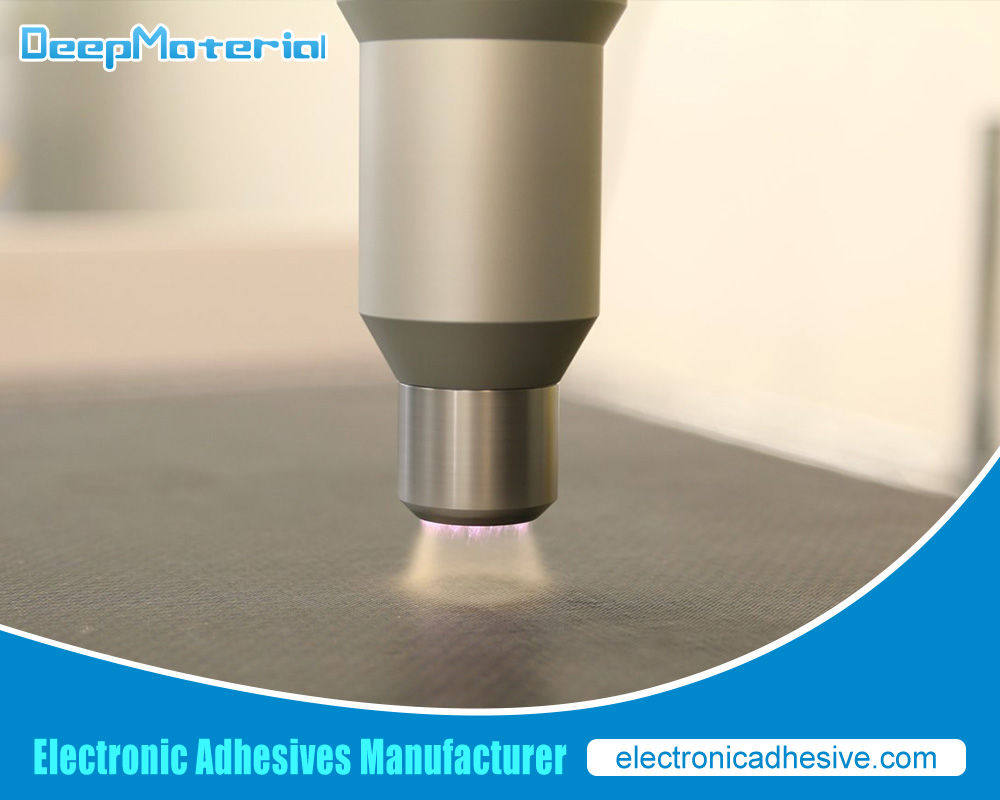
Conclusion
As electric vehicles continue to gain popularity, the importance of high-performance adhesives in EV battery box assembly cannot be overstated. Bonding adhesives offer numerous advantages over traditional mechanical fastening methods, including weight reduction, improved durability, enhanced safety, and simplified manufacturing. With ongoing advancements in adhesive technology, the future of EV battery box bonding promises even more excellent performance, efficiency, and sustainability.
Manufacturers can ensure electric vehicles’ long-term reliability and safety by choosing the suitable bonding adhesive for EV battery boxes, contributing to a greener, more sustainable future.
For more about choosing the Top EV Battery Box Bonding Adhesive: A Comprehensive Guide, you can pay a visit to DeepMaterial at https://www.electronicadhesive.com/ for more info.


